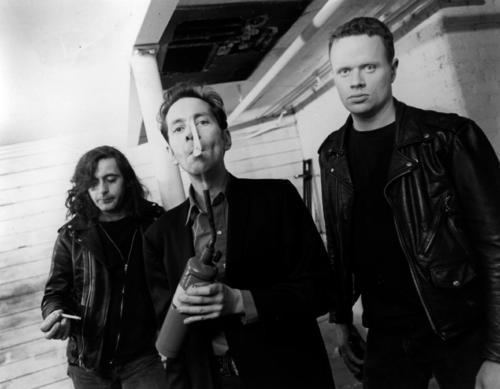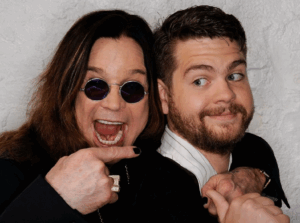10 Most Obscure Rock and Metal Bands From The ’80s
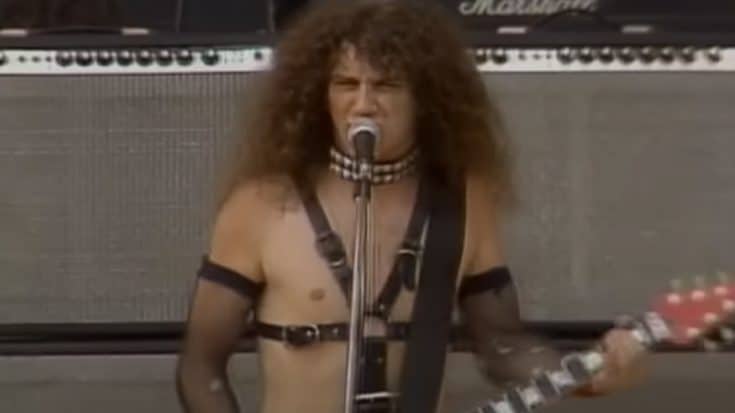
via UnidiscMusic / Youtube
Rock and metal had a wild journey in the 1980s, characterized by extreme excess and ground-breaking invention. Numerous extreme subgenres, including black metal, death metal, and grindcore, flourished over the decade, from the arena-dominant hair metal to the raw intensity of hardcore and the emergence of thrash.
Numerous equally outstanding bands were never allowed to shine, while titans like Judas Priest, Iron Maiden, and Ozzy Osbourne rose to legendary status. Here are ten amazing yet little-known bands that influenced the development of rock and metal.
Holy Moses
As the U.S. The 1980s were dominated by the Big Four of Thrash, with Germany’s Big Four contributing their own intensity to the genre. Among them was Holy Moses, an Aachen band that, despite being less well-known, produced thrash with unparalleled ferocity. With Sabina Classen’s ferocious vocals shattering stereotypes of women in extreme metal, Kreator and Sodom’s 1986 debut, Queen of Siam, demonstrated the raw strength that made them legendary.
They were innovative, yet they failed to gain popular notice. Following Sabina’s departure following 1992’s Reborn Dogs, the band regrouped and released No Matter What’s the Cause in 1994 before taking a break. After reviving the band in 2001, Sabina has been its leader ever since. Holy Moses’ 12th album, Invisible Queen, marks the end of a career of blazing, underappreciated.
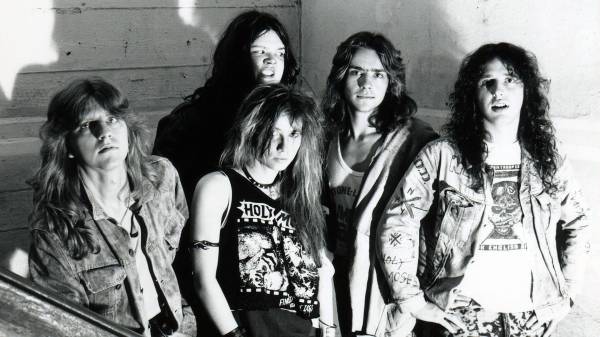
Vardis
One of the most promising acts of the New Wave of British Heavy Metal, Vardis, led by guitar hero and vocalist Steve Zodiac, made their mark with their 1980 debut album, 100 M.P.H., a raw live recording boldly claiming “GUARANTEED NO OVERDUBS.” They shared stages with such legendary acts as Motörhead and Ozzy Osbourne and even made an appearance at the legendary Heavy Metal Holocaust festival in 1981.
Vardis initially provided a high-energy, straightforward metal ‘n’ roll sound, but by 1982, they had teamed up with Jools Holland and experimented with a distinctive saxophone, bagpipe, and mandolin blend. Unfortunately, their momentum was halted by a two-year legal struggle in the mid-1980s, and Zodiac departed music in 1986 after becoming discouraged. Fans of early Status Quo and Motörhead will recognize the band’s unrealized potential.
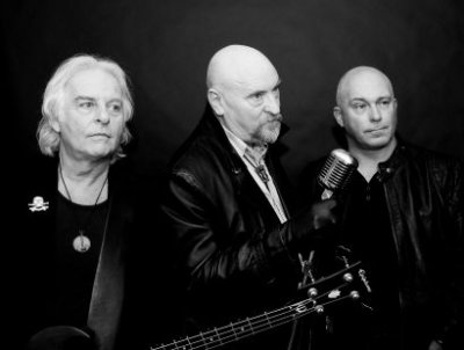
Wipers
Though it gained popularity in the 1990s, grunge’s origins can be traced back to the early 1980s, in part because of Wipers. Their somber sound, which was a combination of punk and post-punk when they were formed in 1977, was difficult to define.
Is This Real? Their 1980 debut established the tone for the decade’s alternative underground culture, impacting groups such as The Replacements and Hüsker Dü. Wipers stuck to a raw punk aesthetic evocative of late 1960s garage rock, in contrast to the new hardcore movement.
They created a dark, somewhat gothic interpretation of punk with nine albums published over 20 years. Before taking a break following 1999’s Power in One, they had a huge influence on grunge, spawning bands like Nirvana, Mudhoney, and Hole.
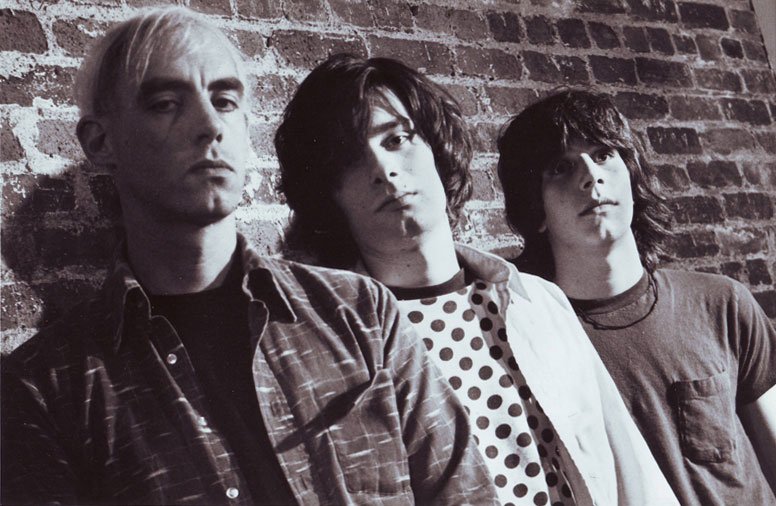
Anvil
Yes, Anvil is well-known today, but not until the 2008 documentary! These Canadian metal pioneers were criminally ignored, according to The Story of Anvil. Even after the movie won over metal fans all over the world, Anvil never received the credit they deserved, despite inspiring luminaries like Lars Ulrich, Slash, and Tom Araya.
With songs like “At The Apartment,” Hard ‘n’ Heavy’s 1981 debut provided a swagger reminiscent of NWOBHM, which contributed to Judas Priest’s success in America. Along with Whitesnake and Scorpions, they were the main acts at Japan’s Super Rock Festival by 1984, but they were still unable to achieve widespread success.
Strength of Steel, which peaked at #191 on the Billboard 200 in 1987, was their closest break. Nevertheless, Anvil has persevered for more than 50 years despite the ups and downs, refusing to quit.

Agent Orange
Agent Orange gave punk rock a surf-inspired touch long before Green Day gained popularity or Bad Religion discovered their lyrical side. They contributed to the sound that drove the punk explosion of the 1990s alongside groups like Adolescents and Descendents. In the early 1980s, they mostly failed to achieve popular success despite their influence, but it appears they weren’t aiming for it nonetheless.
Pop-punk was defined by their 1981 debut, Living In Darkness, which combined punk fury, catchy vocal melodies, and buzzing surf rock. Even though they remained unknown, they demonstrated their talent for writing anthems by 1986’s This Is The Voice. Their reputation as cult punk legends was solidified by covers such as Offspring’s “Bloodstains” and appearances in Tony Hawk’s Pro Skater and Grand Theft Auto.
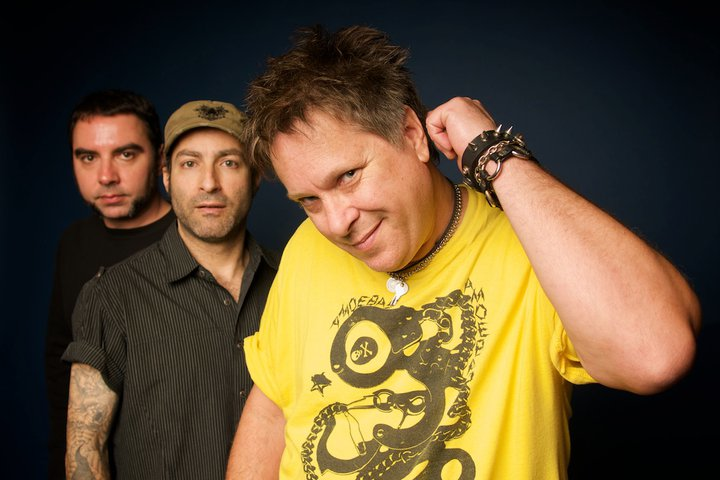
Sacrilege
Sacrilege played an important but frequently disregarded part in the metal/punk crossover narrative, even though Black Sabbath and Judas Priest established the groundwork for heavy metal and Napalm Death cemented Birmingham’s metal heritage in the late 1980s. They were founded in 1984 with influences from proto-thrash and hardcore punk, but they soon changed. They made a lasting impression on bands like Bolt Thrower and Napalm Death with their 1985 release Behind The Realms Of Madness, which combined the brutality of grindcore with socially aware lyrics and Lynda Simpson’s ferocious vocals.
Sacrilege is still overlooked in the history of extreme metal, despite having influenced many. Turn Back Trilobite (1989) embraced classic heavy metal, while Within The Prophecy (1987) pushed further into thrash. Their long-awaited comeback is sparked by the 2015 reissue of Behind the Realms of Madness.
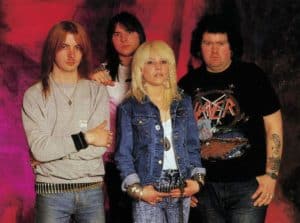
Mission Of Burma
Signals, Calls, and Marches, Mission of Burma’s 1981 debut EP, sold out its first 10,000 copies in a flash, giving them a strong start. They were able to combine popular appeal with anti-commercial ideas through the use of anthemic choruses and unusual time signatures.
But their existence was brief. Despite their short existence, the band had a significant impact on bands like Foo Fighters, Pixies, and Fugazi, with Moby and R.E.M. covering their songs. Their infamously loud performances caused guitarist Roger Miller’s tinnitus, which ultimately resulted in the band’s dissolution following the release of their debut album Vs.
They recorded four additional albums after getting back together in 2002 (without Martin Swope), including Unsound in 2012. After a 2016 European tour, it was disclosed in 2020 that they had discreetly split up, leaving fans to speculate if a reunion was imminent.

Girl
The girl exuded confidence. Although they didn’t really compete with Iron Maiden as NWOBHM’s front-runner, the London glam rockers certainly understood how to make failure seem like a lot of fun.
With songs like “Hollywood Tease,” “Strawberries,” and “What’s Up” clamoring for stadium audiences, their debut album Sheer Greed was packed with raw energy, personality, and potential anthems, drawing inspiration from The Stones, Aerosmith, New York Dolls, Queen, and Thin Lizzy. But only in Japan did the album achieve gold status.
Girls lived big, dated actresses and models, and had a great time while it lasted, despite their financial difficulties. Guitarist Phil Collen achieved great success with Def Leppard, and singer Phil Lewis went on to front LA Guns.
Flipper
My War by Black Flag is frequently credited as having a significant impact on grunge and sludge metal, although Flipper from San Francisco also merits some recognition. Their 1982 debut, which was two years ahead of Black Flag’s, had a harsh sound with thick, down-tuned sludge and atonal pandemonium. A Flipper concert is “like getting mugged, inhaling a box of detergent, or speed-reading Last Exit to Brooklyn,” according to Henry Rollins.
Bands like the Melvins, Nirvana, Jane’s Addiction, and Unsane were impacted by this unadulterated energy. The original lineup broke up after their 1984 album Gone Fishin’, and bassist/vocalist Will Shatter passed away in 1987 from an overdose. American Grafishy was the result of a brief reunion in the 1990s, but tragedy struck once more. In 2005, the remaining members went on tour with performers like Mike Watt, David Yow, and Krist Novoselic.
:format(jpeg):mode_rgb():quality(90)/discogs-images/A-198152-1149097881.jpeg.jpg)
Killdozer
With their industrially influenced sound, Killdozer was already pushing boundaries before bands like KEN Mode and Unsane blurred the borders between noise rock and metal. They combined growling intellectualism with wild, jazz-like orchestration in their 1984 debut, Intellectuals Are The Shoeshine Boys Of The Ruling Elite. They had completely embraced an industrial, post-hardcore sound by 1987’s Little Baby Buntin’, which predicted the early ’90s sound of bands like Helmet.
Killdozer had a brief period of success with 1989’s Twelve Point Buck, which peaked at #16 on the UK indie charts, while never being financially significant. Kurt Cobain hired Butch Vig for Nevermind because of the album. They did a 25th anniversary show in 2006 after temporarily reuniting in 1993 following their 1990 breakup. They went on tour in 2008, but they haven’t spoken since.
